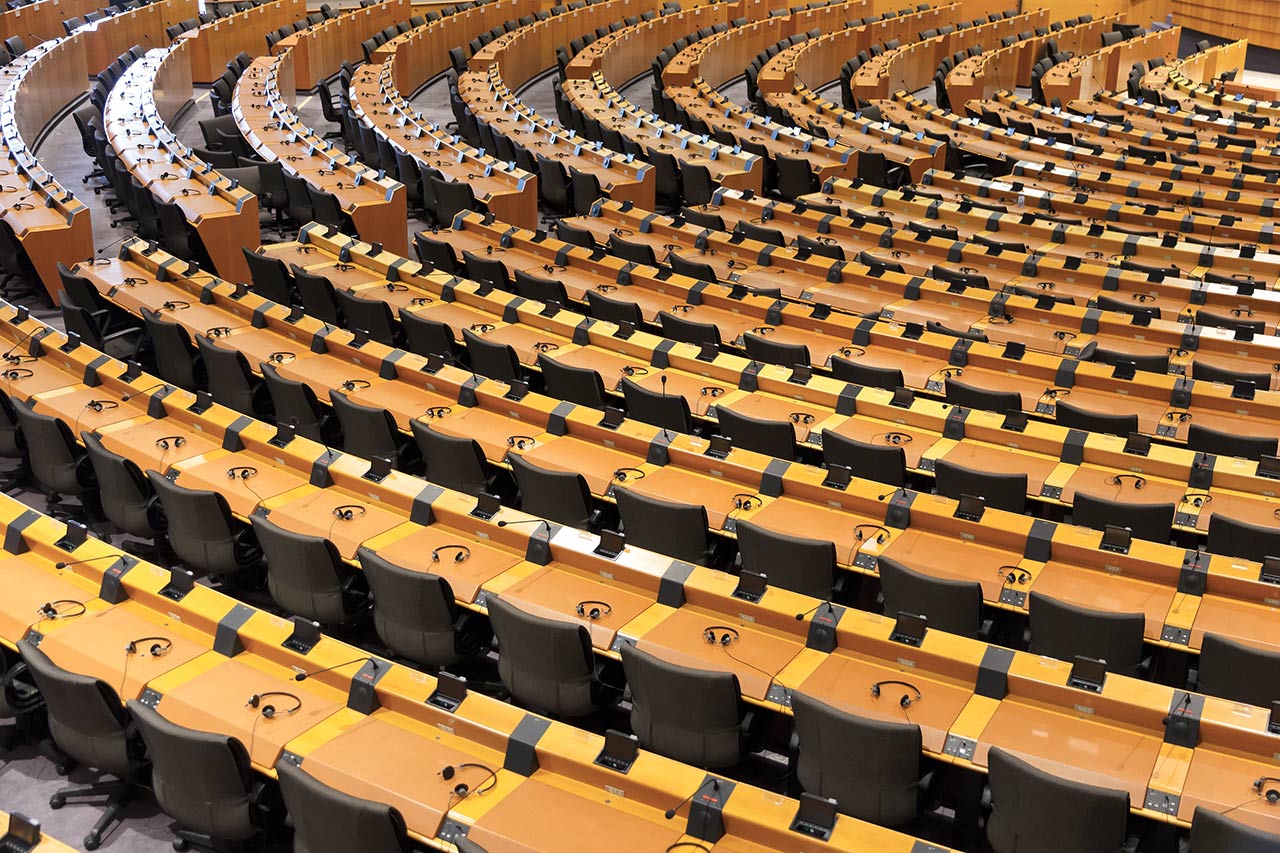The cause of the War of the Roses
A brief explanation of the primary factors which ultimately led to the Wars of the Roses, a fight between the houses of York and Lancaster
Question
What were the main causes of the Wars of the Roses?
Answer
The houses of York and Lancaster were both descendants of King Edward III, which gave Richard of York a small claim to the throne. Henry VI arranged to marry Margaret of Anjou to form an alliance with the French to prevent future invasion. The terms of this marriage required England to withdraw occupation of the French-English territory, which was won during the Hundred Years’ war by Henry’s predecessor, Henry V. Losing this hard-earned territory led to social unrest, which was already rife due to the unpopular nobles advising Henry VI at the time. Henry fell ill and was unable to rule; opposing nobles raised private armies to remove the King from the untrustworthy nobles. Lancaster houses saw this as a threat to the throne and raised counter-armies to defend the king: many battles ensued and each side gained and lost power multiple times. The king was eventually captured by Yorkist forces and so Richard Neville, Earl of Warwick, proclaimed Edward of March (son of the deceased Richard Plantagenet) to be king. With Henry of Lancaster still captive, many citizens rallied to the Lancastrian cause to remove Edward from the throne. Edward managed to hold the throne until his untimely death – Richard III then proclaimed Edward’s children illegitimate and appointed himself the King. Henry Tudor of House Lancaster raised an Army with the help of the French King and successfully overthrew Richard III, emerging as King Henry VII and resulting in a Lancastrian victory. In conclusion, the main causes of the Wars of the Roses can be narrowed down to five factors:
i) The poor health of King Henry VII which effected his ability to rule.
ii) The nobles advising Henry VII were untrustworthy and manipulative.
iii) Lancaster and York were both descending houses of King Edward III, therefore York had a claim to the throne.
iv) Noble houses could raise private armies to fight towards the York or the Lancastrian cause.
v) Existing social unrest due to the long term impact of the 100 Years’ War and the voluntary loss of territory in France due to the marriage between Henry VI and Margaret of Anjou.
